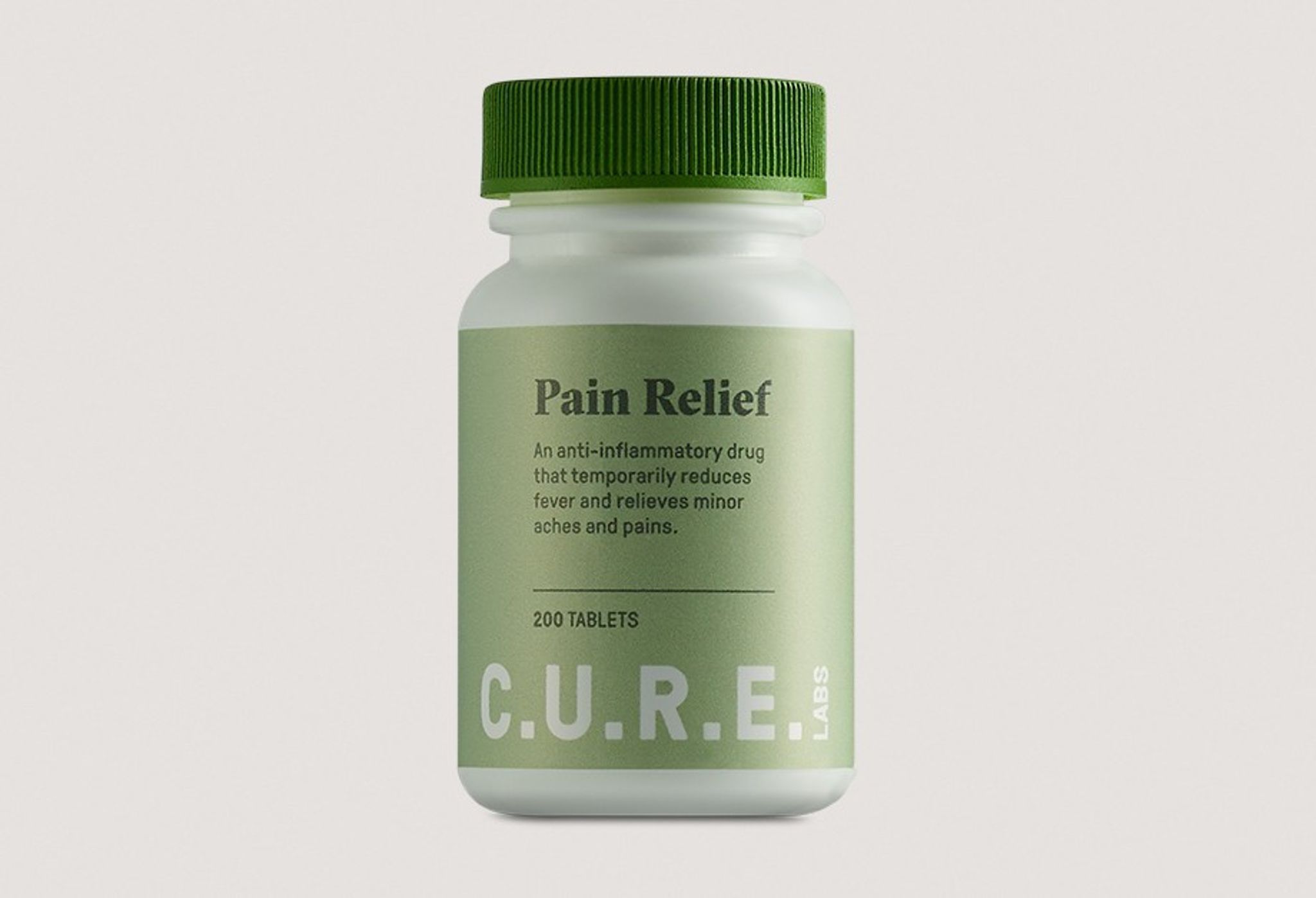Healthcare and pharmaceutical packaging must adhere to the highest performance and safety standards, which can make it a challenge to find sustainable materials that meet the strict industry regulations. This, in part, has led to an increasing carbon footprint with one study of 25 major players in the industry finding that the emission intensity of the pharmaceutical industry is about 55% higher than automotive’s.
Part of this environmental footprint is attributed to healthcare waste. Waste generated per hospital patient per day increases with the GDP and life expectancy of a country, ranging from 0.44kg in Mauritius to 8.4 kg in the United States. When Nederland Circulair, an initiative advocating for a circular economy, itemized the waste of one Dutch hospital they found that 50% of healthcare plastic waste is disposable packaging.
As environmental awareness of individuals rises so does the industry’s prioritization of sustainability. Many pharmaceutical companies have made pledges towards more sustainable practices and organizations are seeking to improve the recyclability of products and packaging within healthcare.
At Avery Dennison, we believe that small changes to package design can scale to a large impact to sustainability. In collaboration with customers in the pharmaceutical and healthcare fields, we’ve created and tested multiple labelling solutions that help reduce waste and meet the specific demands of the industry. Here are four ways we see healthcare companies taking steps towards sustainable packaging.
1. Reduce the amount of material per product
Switching to a label with 10µm less thickness is unnoticeable when it comes to performance and appearance, but adds up to substantial environmental benefits. We compared our PP50 (50µm) and PP40 (40µm) labels - used for prefilled syringes, vials, nasal sprays, pill bottles, and other general applications - and found that the thinner label used 11% less fossil material, 6% less energy, 4% less water, and produced 7% less greenhouse gas.
As an added bonus, thinner label materials allow for longer printer rolls, which means less changeover and downtime on the production line.
2. Design for uncontaminated recycling
The previously mentioned Nederland Circulair study found that nearly 20% of a hospital’s plastic waste is composed of mixed materials. Using the same polymer for the label and container, or monomaterial packaging, is an important step for successful recycling.
Eliminating mixed materials is also important for non-plastic packaging. For instance, security seals for cardboard boxes can be made with compostable Acetate film which won’t contaminate the paper recycling stream.
3. Incorporate manual recycled materials where possible
Safety is naturally the top priority of pharmaceutical packaging and the limited traceability of raw materials in manual recycled plastics means they aren’t good candidates for packaging that comes in direct contact with medications.
However, there are many stages of production where manually recycled materials fit well within regulations. One way we see companies incorporating more sustainable plastics into their process is with recycled PET label liners. Avery Dennison’s rPET liners are made with a recycled PET layer captured between two virgin PET layers which act as a barrier, making them safe for use in pharmaceutical applications.
Used consistently across many fields, liners are a great potential source of reusable material and we believe the label industry must do a better job of keeping them in the value cycle. This is why we created AD Circular, a recycling program launched in Europe that collects and recycles label liner material - regardless of the original supplier.
4. Increase use of chemically recycled plastics
Chemical recycling breaks plastic down into its basic building blocks which are processed and rebuilt into raw material that offers the same standard as material made from virgin polymers, making them usable in highly regulated applications such as food and pharmaceuticals.
While still a relatively new field, there are already commercially available materials created through chemical recycling. Notably, this type of advanced recycling offers a solution for plastics that do not have a robust recycling stream set up, such as the polypropylene (PP) used for many filmic labels.
Ready to create a sustainable solution for pharmaceutical packaging?
Avery Dennison offers a wide range of tested, proven, and compliant materials for the pharmaceutical industry. We’d be happy to help find a sustainable labeling solution to fit the specific needs of your applications.

